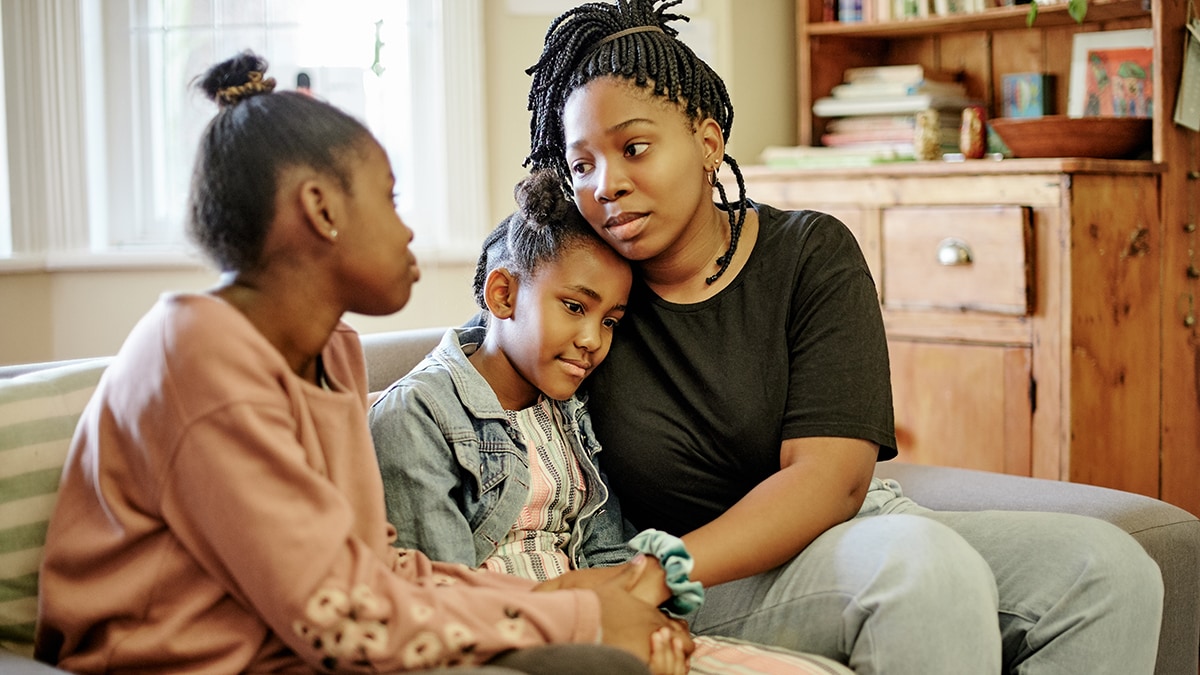Key points
- Long COVID is a serious illness that can result in chronic conditions requiring comprehensive care and may cause disability.
- Long COVID can include a wide range of ongoing symptoms and conditions that can last weeks, months, or even years after COVID-19 illness.
- Anyone who had a SARS-CoV-2 infection, the virus that causes COVID-19, can experience Long COVID, including children.
- COVID-19 vaccination is the best available tool to prevent Long COVID.
- Living with Long COVID can be difficult and isolating, especially when there are no immediate answers or solutions.

About Long COVID
Long COVID is defined as a chronic condition that occurs after SARS-CoV-2 infection and is present for at least 3 months. Long COVID includes a wide range of symptoms or conditions that may improve, worsen, or be ongoing.
Anyone can get Long COVID
Most people with Long COVID experience symptoms days after first learning they had COVID-19, but some people who later develop Long COVID do not know when they were infected. People can be reinfected with SARS-CoV-2 multiple times. Each time a person is infected with SARS-CoV-2, they have a risk of developing Long COVID. Long COVID symptoms and conditions can emerge, persist, resolve, and reemerge over weeks and months. These symptoms and conditions can range from mild to severe, may require comprehensive care, and can even result in a disability.
While rates of new cases of Long COVID have decreased since the beginning of the COVID-19 pandemic, it remains a serious public health concern as millions of U.S. adults and children have been affected by Long COVID.
Who is at risk
While anyone who gets COVID-19 can develop Long COVID, studies have shown that some groups of people are more likely to develop Long COVID than others, including (not a comprehensive list):
- Women
- Hispanic and Latino people
- People who have experienced more severe COVID-19 illness, especially those who were hospitalized or needed intensive care
- People with underlying health conditions and adults who are 65 or older
- People who did not get a COVID-19 vaccine
Health inequities affect populations at risk for Long COVID
Health inequities from disability, economic, geographic, and other social factors disproportionately affect some groups of people. These inequities can increase the risk of negative health outcomes and impact from Long COVID.
Prevention
CDC emphasizes core strategies to lower health risks from COVID-19, including severe outcomes such as hospitalization and death. Preventing severe outcomes from COVID-19 illness helps prevent Long COVID. Steps you can take to protect yourself and others include:
- Staying up to date on COVID-19 vaccination.
- Practicing good hygiene (practices like handwashing that improve cleanliness)
- Taking steps for cleaner air
- When you may have a respiratory virus:
- Use precautions to prevent spread
- Seek healthcare promptly for testing and/or treatment if you have risk factors for severe illness; treatment may help lower your risk of severe illness
- Use precautions to prevent spread
Vaccination can prevent Long COVID
Testing and diagnosis
Long COVID is not one illness. There is no laboratory test that can determine if your symptoms or conditions are due to Long COVID. A positive SARS-CoV-2 test is not required for a Long COVID diagnosis. Your healthcare provider considers a diagnosis of Long COVID based on:
- Your health history
- If you had a diagnosis of COVID-19 by a positive test, symptoms, or exposure
- A health examination
Clinical evaluations and results of routine blood tests, chest X-rays, and electrocardiograms may be normal in someone with Long COVID. People experiencing Long COVID should seek care from a healthcare provider to create a personal medical management plan and improve their symptoms and quality of life. Talk to your healthcare provider if you think you or your child has Long COVID.
Similar conditions
Some people experiencing Long COVID symptoms have symptoms similar to those reported by people with myalgic encephalomyelitis/chronic fatigue syndrome (ME/CFS) and other poorly understood chronic illnesses that may occur after other infections. These unexplained symptoms or conditions may be misunderstood by healthcare providers, which can result in a delay in diagnosis and people receiving the appropriate care or treatment.
What CDC is doing
CDC is working with other federal agencies to better understand and address the long-term impacts of Long COVID, who gets Long COVID, and why. CDC supports these goals by:
- Partnering with state and local jurisdictions
- Supporting healthcare providers
- Promoting and conducting research
Research
Studies are in progress to learn more about Long COVID and identify further measures to help prevent Long COVID. CDC and partners use multiple approaches to support and conduct research that estimates:
- How many people experience Long COVID and why
- Which groups of people are disproportionately impacted by Long COVID
- How new variants may affect Long COVID
- The role that COVID-19 vaccination plays in preventing Long COVID
Each approach helps CDC and its partners better understand Long COVID and how healthcare providers can treat or support patients living with these long-term effects. CDC posts data on Long COVID and provides analyses. The most recent CDC data and analyses on Long COVID can be found on the U.S. Census Bureau's Household Pulse Survey. CDC will continue to share information with healthcare providers to help them evaluate and manage these conditions.
